Double Barrel Cannon
Double Barrel Cannon...
That just sounds awesome. Doesn't it?
There are double barrel pistols, double barrel rifles, double barrel shotguns... But none of those sound as impressive as the double barrel cannon...
It was forged in the spring of 1862 in Athens, Georgia, according to the design of John Gilleland. He was a private in the Mitchel Thunderbolts, a homeguard unit for men too old for active duty. He was 53. The $350 needed to fund the manufacture of the cannon was raised via a subscription fund.
The cannon itself was roughly 13 inches wide and 4 feet 8 1/2 inches in length. It had two, three-inch barrels with a three degree divergence. It was also equipped with three touch holes. One for each barrel and one that would allow both barrels to be fired simultaneously.
Gilleland's intention was for the cannon to fire mostly chain shot. Two six pound cannon balls connected by roughly ten feet of chain. The divergence of the bores was to ensure that the shot would extend to the full length of the chain as it sped towards the target.
This weapon was designed to be used against infantry with the intent to mow down swaths of soldiers as wide as the chain would reach...
Testing The Cannon
Mr. Gilleland took his new cannon north of Athens to a field near Newton Bridge for the initial test fire on April 22, 1862. A crowd of people gathered to see the new "secret" weapon in action. And here is where things got interesting...
When Gilleland touched the cannon off the first time, the two barrels did not fire simultaneously which caused the load to take a wild erratic course across the field missing the posts that had been erected as targets but wreaking havoc nonetheless. According to one account "It [took] a kind of circular motion, plowed up about an acre of ground, tore up a cornfield, mowed down saplings, and [then] the chain broke, the two balls going in different directions."
A second shot was then attempted to try to get both barrels to fire simultaneously. This time the shot flew off into some pine saplings leading an eyewitness to report that, "[The] thicket of young pines at which it was aimed looked as if a narrow cyclone or a giant mowing machine had passed through,"
It is also reported that on another attempt, the chain broke and each ball took its own course. One hit a nearby cabin and destroyed its chimney. While the other veered off and struck an unwary cow killing it instantly.
While it may seem like a successful test - wholesale destruction and slaughter - it really wasn't. When the barrels didn't fire together it was impossible to tell where the shot might go and when they did it was found that the chain always broke.
Nevertheless, Gilleland promptly declared the test an unqualified success. And he was supported by this article in the April 30, 1862 issue of the Athens paper Southern Watchman:
Double-barrelled Cannon. - MR. GILLELAND has invented a double-barrelled cannon for throwing chain shot, which has been tested and found to work satisfactorily. Two shots are confined to the end of a chain and one placed in each barrel of the gun, the bores of which diverge slightly, and cause the balls to separate the full length of the chain - cutting down everything in their path. Of course, the barrels are fired simultaneously.
The cannon was then sent to the Confederate arsenal in Augusta, Georgia, for further testing. The commandant there, Col. George W. Rains, tested the weapon extensively and reported that it was not usable due to unpredictable rates of powder burn and barrel friction which led to unpredictable performance. The cannon was then sent back to Athens.
This outraged Mr. Gilleland and he wrote angry letters to both the governor of Georgia and to the Confederate government in Richmond. All to no avail...
The double barrel cannon would never be adopted by the Confederate army, but that doesn't mean it never saw battle...
Active Duty!
Upon its return the gun was placed in front of the town hall to be used as a signal gun in case of attack.
There it remained until August 2, 1864, when it was hauled out of town to the hills by Barber Creek to meet the approach of Brig. Gen. George Stoneman and his Union troops.
The double barrel cannon was positioned on a ridge along with several other conventional cannons. Both barrels were loaded with canister shot. The homeguard units were heavily out numbered, but as the Union troops approached the Athens homeguard fired a four shell barrage including the double barrel cannon. Against such stiff resistance the Union troops withdrew.
There were a few more minor skirmishes around Athens but all-in-all the city escaped Sherman's march to the sea and the double barrel cannon was moved back into town.
After The Civil War
After the American Civil War ended the city of Athens sold the double barreled cannon.
At that point it disappeared until it was found, restored, and returned to the city in the 1890s.
These days it sits in downtown Athens in front of city hall.
It can be viewed free at anytime on the corner of Hancock and College Avenues.
Where it points north...
Just in case!

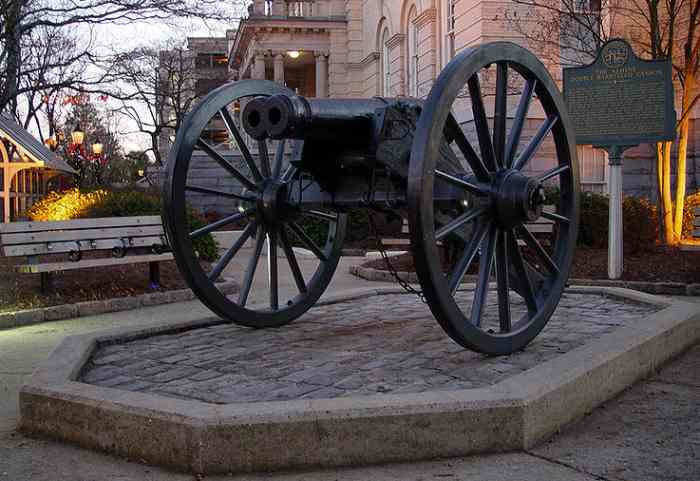
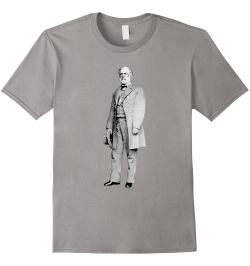
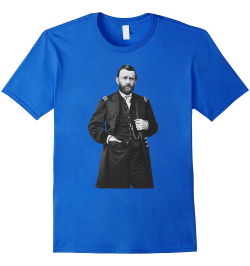

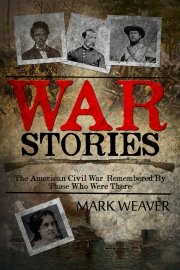
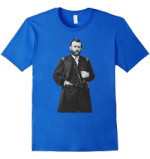
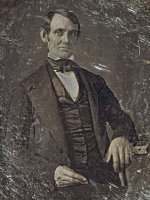
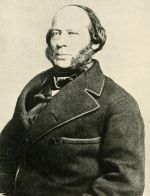
New! Comments
Have your say about what you just read! Leave me a comment in the box below.